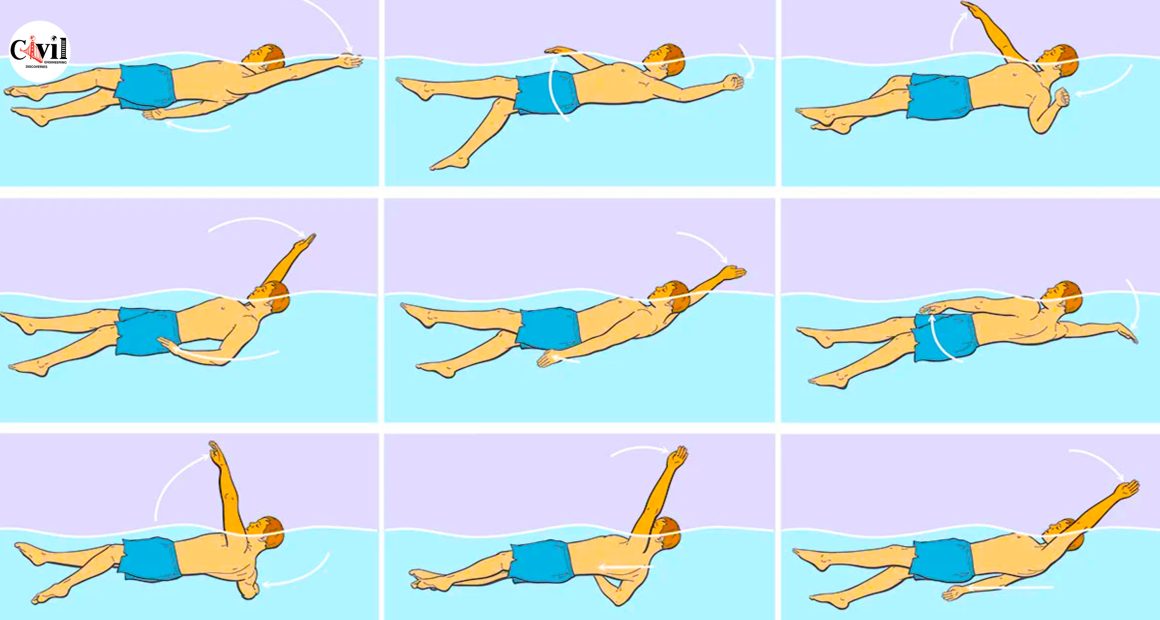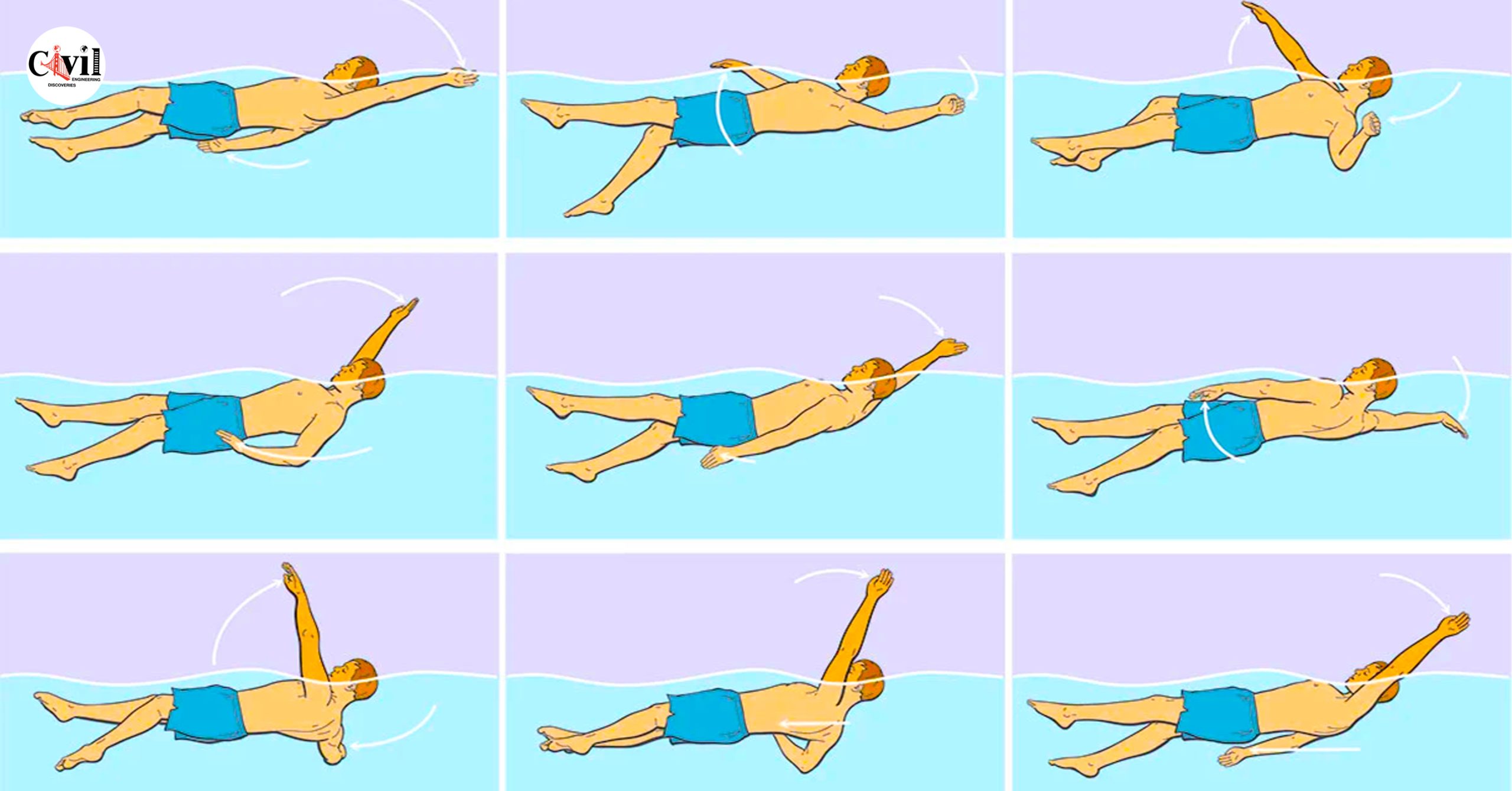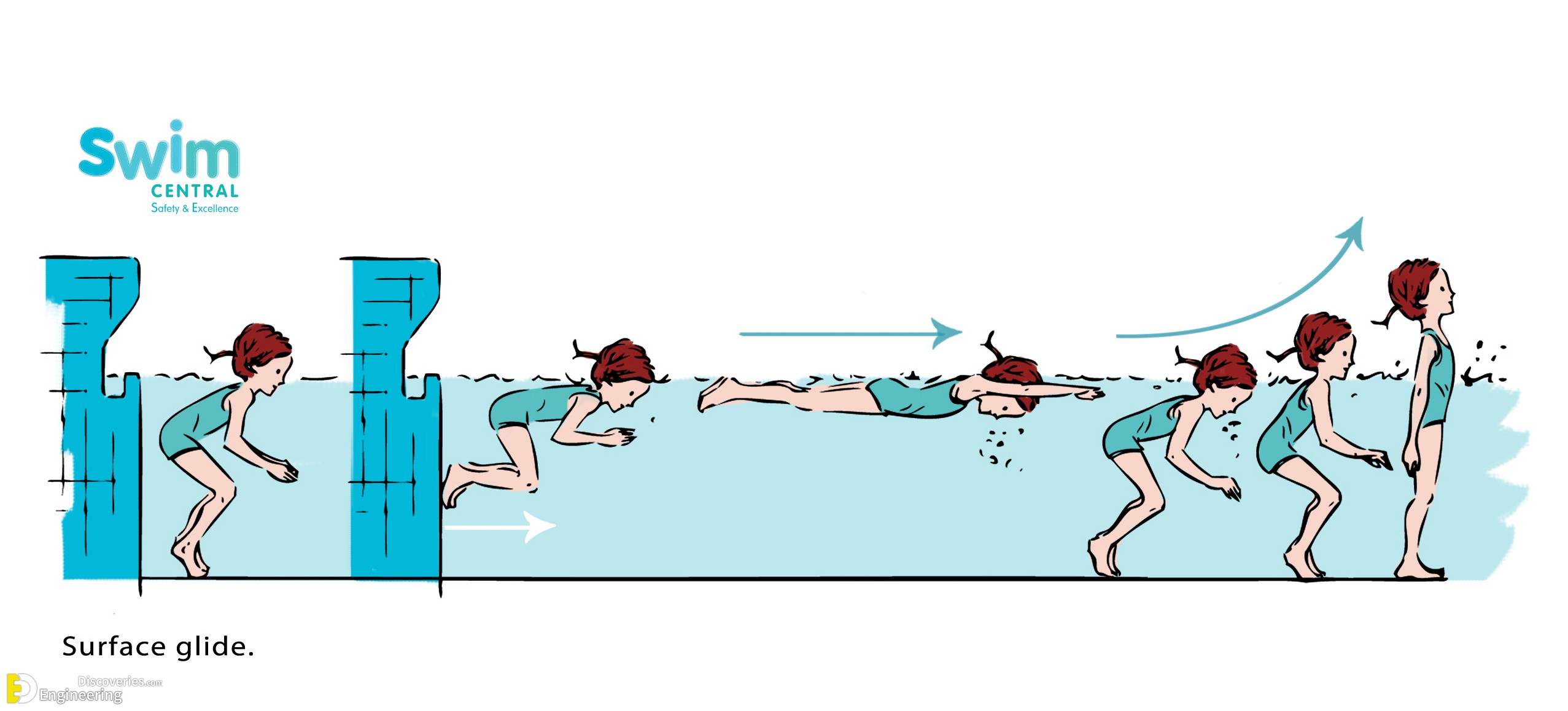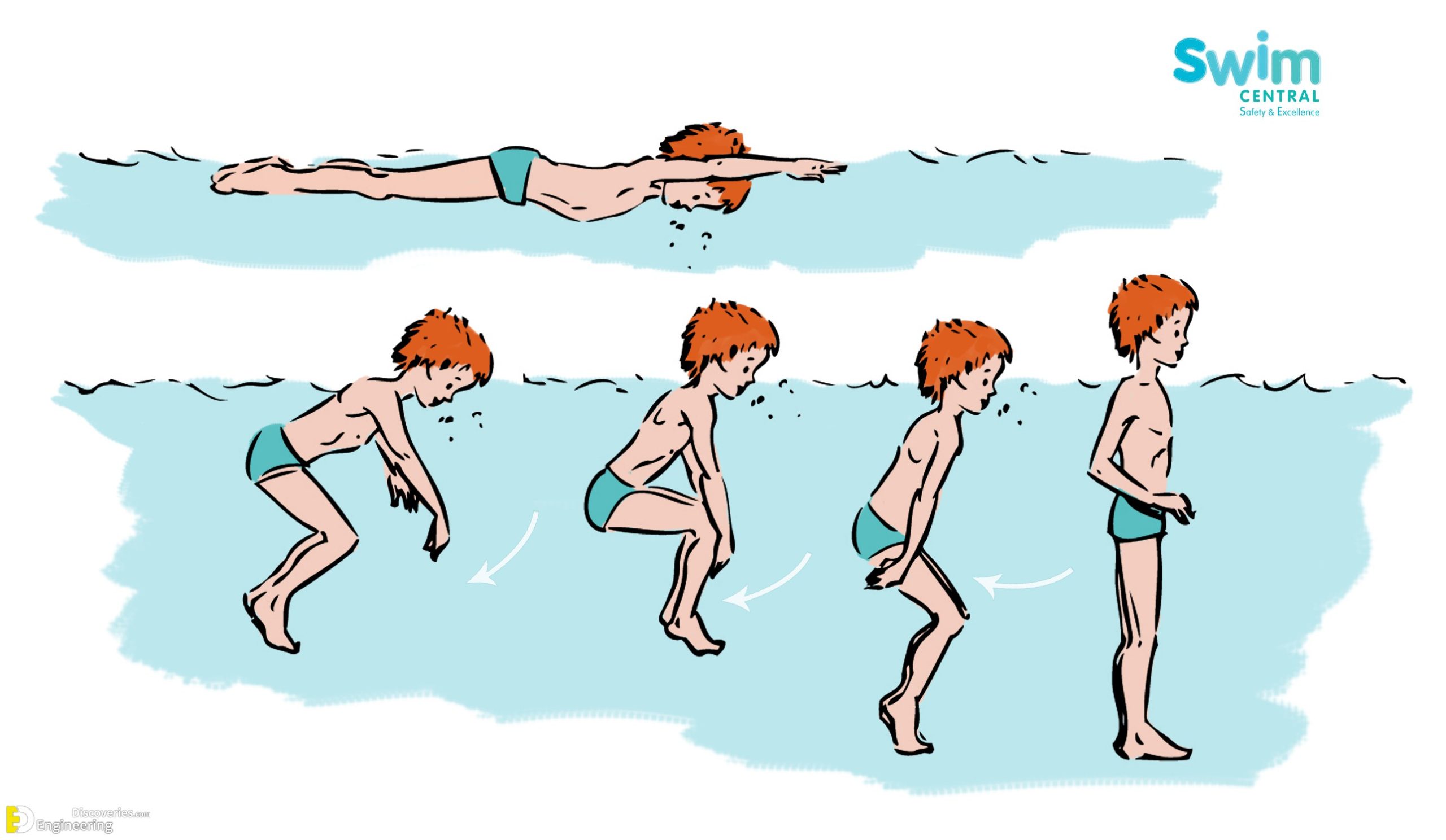Swimming is a fun and great activity to stay fit. It offers tremendous health benefits, improves mood, decreases anxiety, and helps to burn lots of calories. Apart from this, it is also good for those suffering from arthritis and other pain conditions. As per the Centers for Disease Control and Prevention, swimming for just 2.5 hours per week decreases the risk of chronic illnesses.
To swim smoothly, coordination of the entire body is a must. One needs to focus on the movement of the legs and arms, as well as breathing control and swimming strokes. So, to expertise the skill of swimming you must start with the basics.
To swim smoothly, coordination of the entire body is a must. One needs to focus on the movement of the legs and arms, as well as breathing control and swimming strokes. So, to expertise the skill of swimming you must start with the basics.
Here are 5 basic swimming skills beginners need to learn:
1. Breathing
This is a frequently overlooked basic skill, but it is an important one. If are not comfortable breathing while swimming, you won’t be able to enjoy it completely and learn new things. The basic idea is that you need to breathe out with both your nose and mouth when your head is underwater. Then when you lift your head to the side take a full breath before putting your face back down.
This is a frequently overlooked basic skill, but it is an important one. If are not comfortable breathing while swimming, you won’t be able to enjoy it completely and learn new things. The basic idea is that you need to breathe out with both your nose and mouth when your head is underwater. Then when you lift your head to the side take a full breath before putting your face back down.
2. Floating
Before you start kicking and stroking, first learn to float in the water. Floating helps you to get used to the habit of moving through water properly. Floating helps to keep your body on the surface of the water. Our body experiences a vertical buoyant force when immersed in water and floating helps to keep your body in a horizontal position. Floating is important because if you accidentally fall in the water you will be able to float on the surface till you are rescued.
Before you start kicking and stroking, first learn to float in the water. Floating helps you to get used to the habit of moving through water properly. Floating helps to keep your body on the surface of the water. Our body experiences a vertical buoyant force when immersed in water and floating helps to keep your body in a horizontal position. Floating is important because if you accidentally fall in the water you will be able to float on the surface till you are rescued.
3. Your body movement should be well coordinated
In swimming, all your body parts should be well coordinated with each other. You must be able to move the muscles of your lower back, abdomen, and hips in a synchronized way to keep moving forward. Your hands should move and cut through the water first, followed by your elbow, and then your body should make its way through the water.
In swimming, all your body parts should be well coordinated with each other. You must be able to move the muscles of your lower back, abdomen, and hips in a synchronized way to keep moving forward. Your hands should move and cut through the water first, followed by your elbow, and then your body should make its way through the water.
4. Kicking
Kicking is another important skill to learn if you want to master swimming. Kicking helps your body to move in the forward direction. Many swimming coaches use kickboards to support the swimmer’s body.
5. Strokes
Now that you know how to float and kick, it is time to learn some strokes. Strokes are the arm movements that help to pull the body through the water. The front crawl, sidestroke, backstroke, and butterfly are some of the common swimming strokes.
Kicking is another important skill to learn if you want to master swimming. Kicking helps your body to move in the forward direction. Many swimming coaches use kickboards to support the swimmer’s body.
5. Strokes
Now that you know how to float and kick, it is time to learn some strokes. Strokes are the arm movements that help to pull the body through the water. The front crawl, sidestroke, backstroke, and butterfly are some of the common swimming strokes.



























